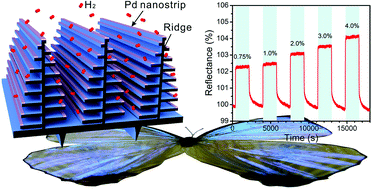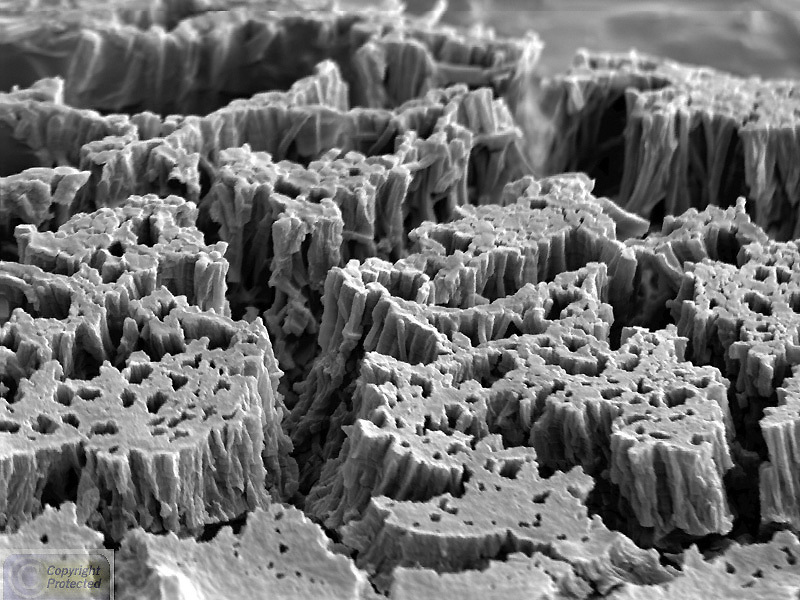Week 8: Nanotech + Art
Nanotechnology goes beyond what most humans believe they can comprehend. As put by Jim Gimzewksi and Victoria Vesna in their piece on nanotechnology, “When working on this kind of scale, we immediately reach the limits of rational human experience, and the imaginary takes over.” The scale that nanotechnology operates on is far beyond what we can see (nanotech is on a scale of 1-100 nanometers, and a human hair is typically 80,000 nanometers), yet it has great potential for impacting our lives in many different ways, especially in the fields of art and science.
Take the beautiful wings of the Morpho Butterflies for example. The amazing blue color that we see on the wings of the butterfly leads us to believe that the wings are blue themselves, yet the blue color is actually produced by light interacting with nanostructures on the wings of the butterflies. The nanostructures diffract incoming light and cause some waves to cancel out and others to reflect with greater intensity, creating a blue color. As put by Ask Nature, the wings “harness the physics of light at the nano-scale.” This discovery is highly influential, as it could shape the way humans color their own products in the future, or even how they create art as well. Experts even believe that learning how to develop these nanostructures to manipulate light could go beyond simply coating objects to change their color, as the potential of this nanotechnology could lead to the creation of science fiction like “cloaking devices” or enhanced computer monitors and camouflage technology.
'Invisibility Cloak' with Nanotechnology (from Sydney Morning Herald)
As the development of nanotech changes the world of art, art too can change the world of nanotech. Cris Orfescu is an artist who works on improving lithium batteries with nanotechnology by day, but in his off time he works on 'nanoart' and bringing awareness to the field of nanotechnology. His artwork, which works by scanning electron microscope images to create abstract art pieces, even inspired a yearly art nanoart competition that he leads. When asked about the purpose of his art, Ofescu stated that with “70 percent of the people in the US using products incorporating nanotechnology, I hope my art stirs their curiosity to find out more” (Feder).
Nanotech, as advanced as it seems, has vast potential. There are countless ways that it will change our lives and art definitely will be a field that is impacted heavily. And, as nanotech becomes more influential, art will have an important role in understanding the technology and helping us grasp the idea of tech that we can not see.



Jonathon,
ReplyDeleteYour blog was very well written and you tied everything together well. I think it is amazing that humans have developed technology on such a small scale and the artistic applications such as a potential invisible coat is insane. I think it is super interesting how that could be used in the future for coloring. Nanotech is for sure a technology that art can greatly influence